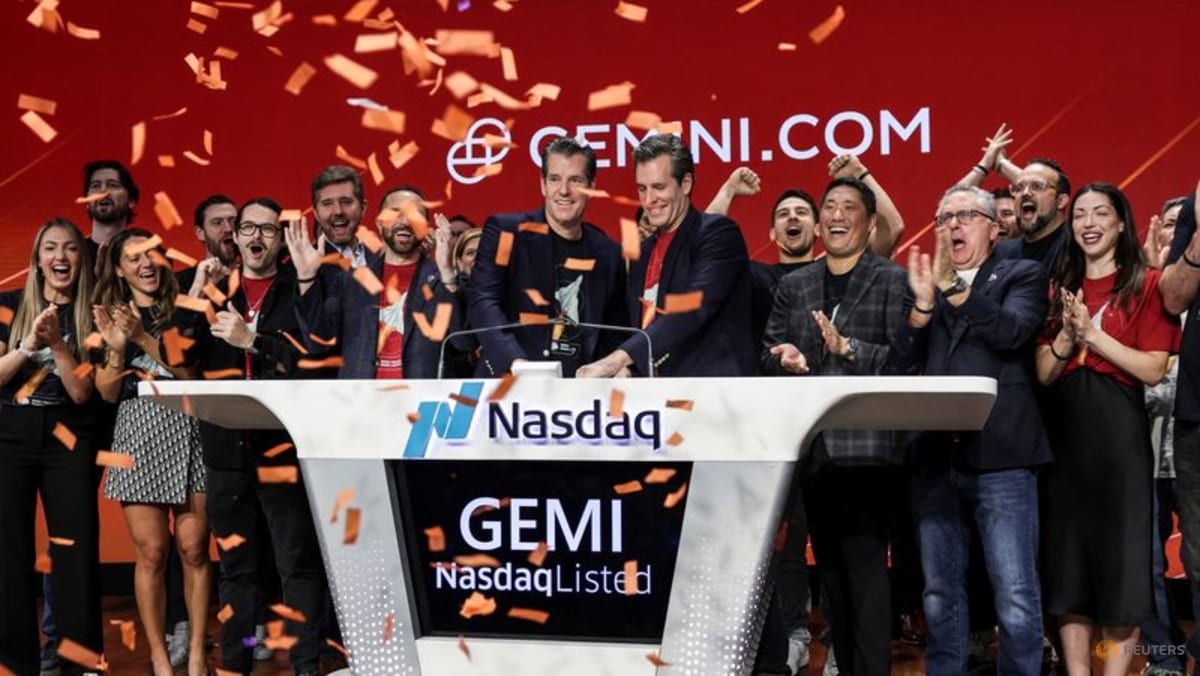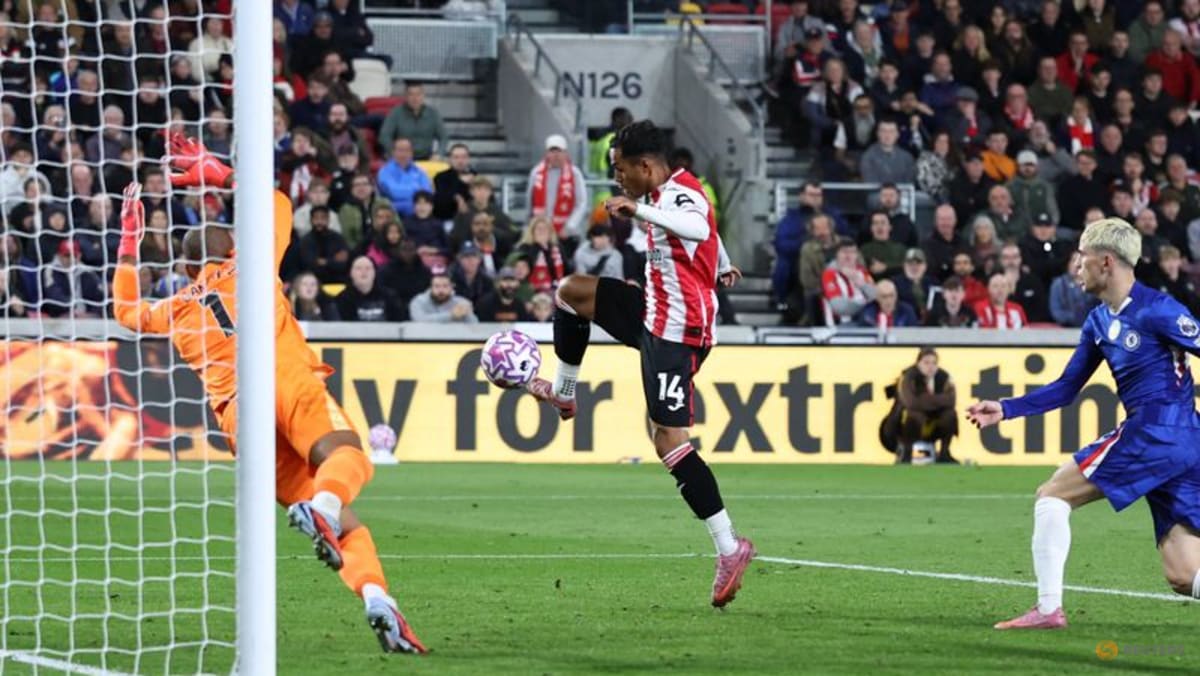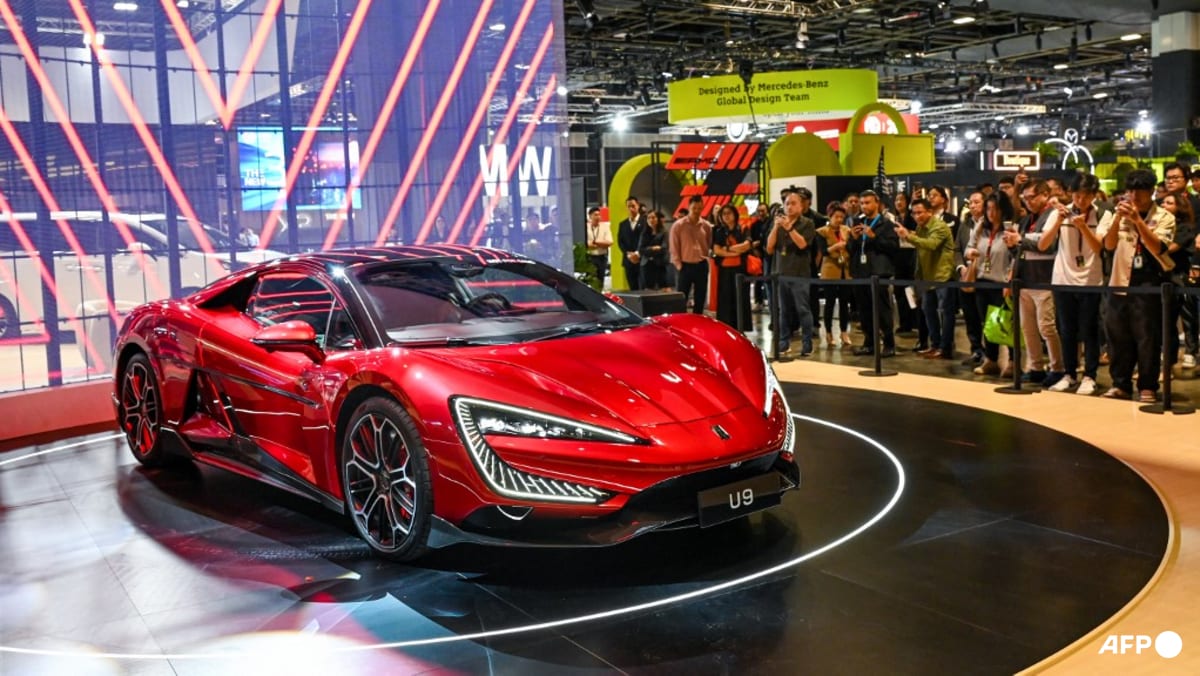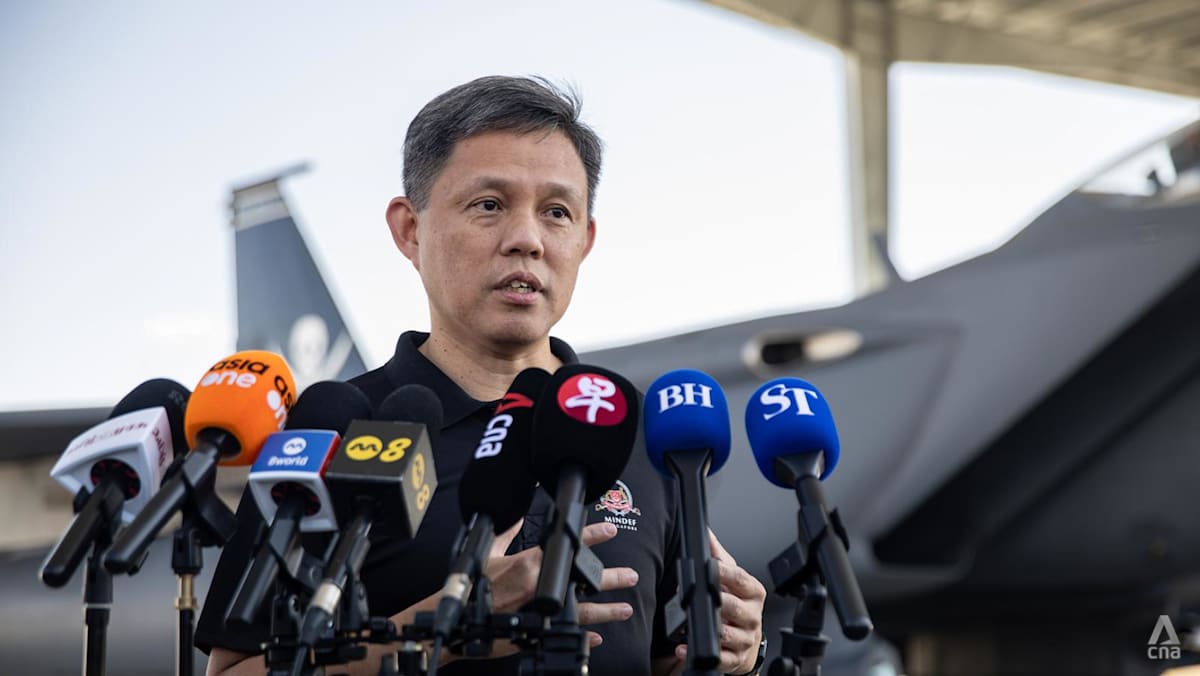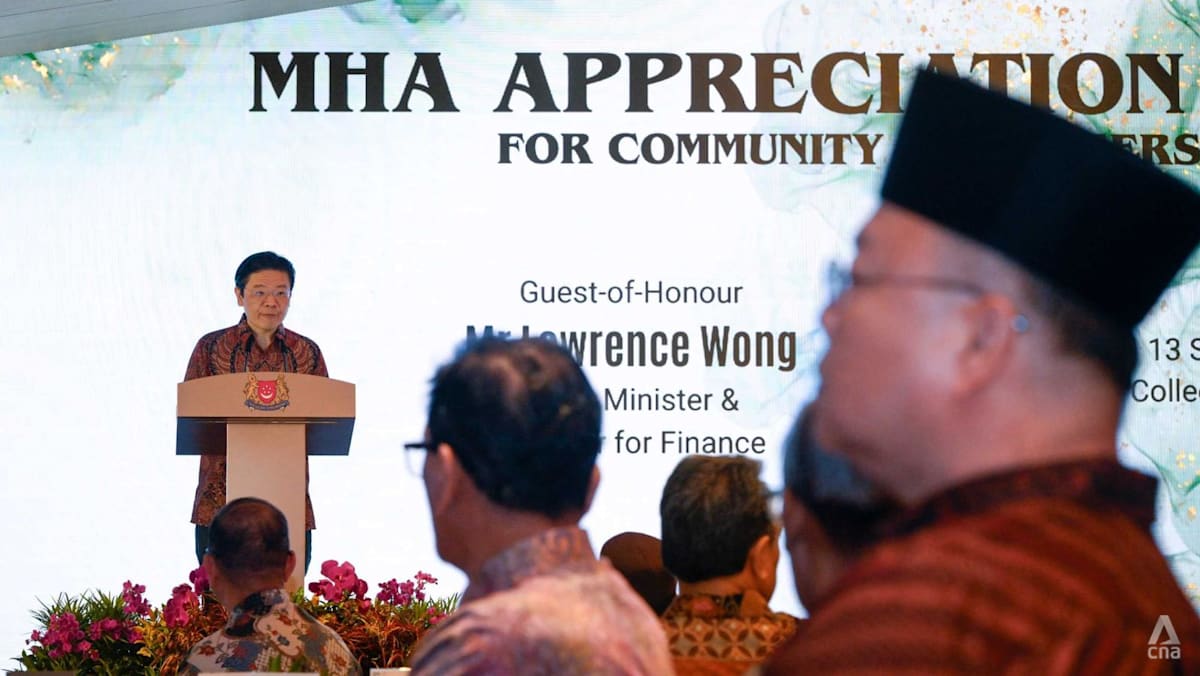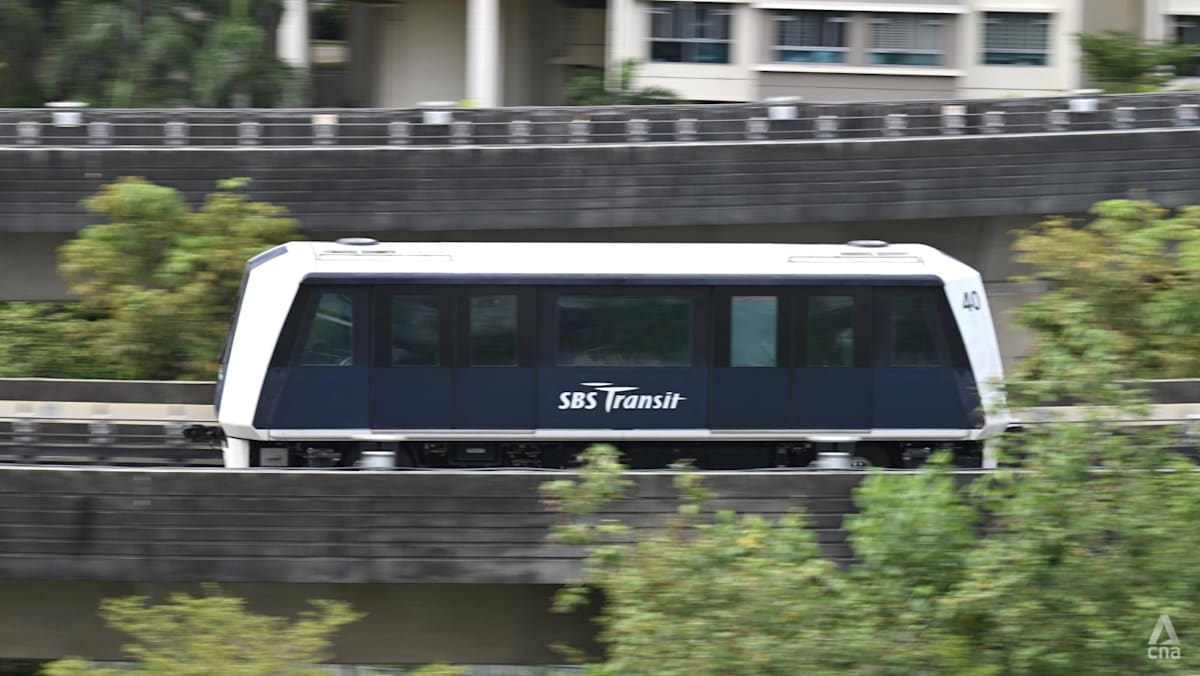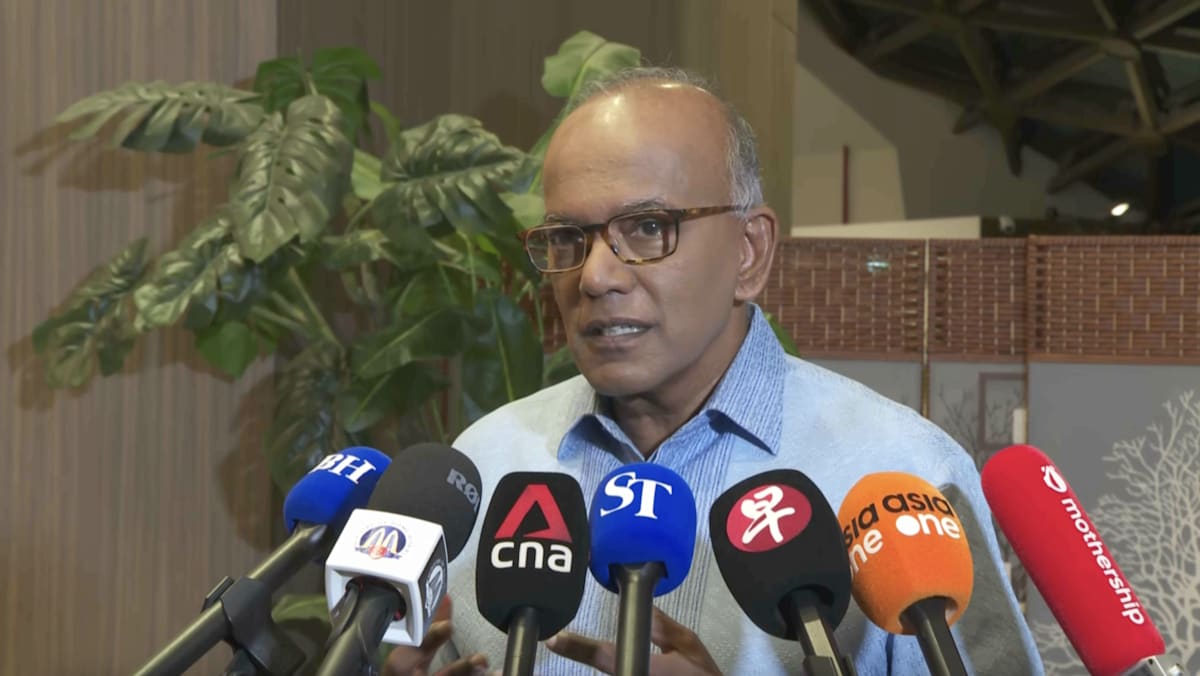Therefore, a buyer of a BYD Atto 3 in 2026, for example, with an open market value of S$31,500 and an ARF of S$36,100 before rebates, will have to pay an ARF of S$6,100 after rebates.
This is compared to the current ARF of S$0 after rebates, a reduction in savings of S$6,100.
If you’re eyeing a base-level Tesla Model 3 – with an open market value of S$44,847 and an ARF of S$57,210 before rebates – you could pay more once the revised rules kick in.
Today, the ARF payable after rebates is about S$17,210. From 2026, this will rise to S$27,210, an increase of S$10,000, as rebates are scaled back.
Why are the incentives being cut?
LTA and NEA said on Monday that the revised schemes reflect the narrowing cost gap between electric vehicles and internal combustion engine models.
From January to August 2025, 80 per cent of newly registered cars and taxis were cleaner energy models, with about half being electric models.
“The overall benefits will continue to be tapered as Singapore gets closer to 100 per cent cleaner energy vehicles by 2040, in support of our national target to achieve net-zero emissions by 2050,” said LTA and NEA.
“Since 2021, more than 39,000 electric cars and taxis have benefitted from the VES rebates and/or EEAI,” they added.
How will these changes affect car prices and COE premiums?
A short-term increase in COE prices is expected, said LTA and NEA, while “strongly” encouraging potential car buyers to be prudent in bidding for COEs.
Commenting on this, transport analyst Walter Theseira said that the recent increase in COE prices was driven by market speculation due to the uncertainty over what would happen to the EV rebates come next year.
“I wouldn’t be surprised if some people were buying and some dealers were selling based on the projection that you might not actually have any of these rebates after the end of the year,” said Assoc Prof Theseira, who is also with the Singapore University of Social Sciences.
“The lack of policy clarity probably, in part, may have contributed to people deciding to pull forward their purchases of cars now.”
He added that this would have been a factor as to why COE prices have surged to new highs lately.
Earlier this month, the COE premiums for smaller cars closed at a record high S$107,889 to surpass the previous peak of S$106,000 in October 2023.
He said that the question is now whether, for next year, a fall in the maximum combined VES and EEAI rebates from S$40,000 this year to S$30,000 next year would be worth stomaching.
He said that it may be very well worth waiting, as the best-selling Chinese EV car models are actually “completely unaffected” by the reduction.
This is because for many of these cars, their ARF is below S$30,000, and the rebates are meant to offset the ARF, but cannot reduce the ARF to below S$0.
Hence, if a car’s ARF is S$28,000, the maximum rebate a driver can actually get is S$28,000, even if the scheme theoretically offers S$40,000.
“From a buyer’s and a car dealer’s perspective, is there really a need to rush? Because you are not going to be losing the entire amount,” he said.

